Exploring the Compact ESP32-C3: A Small Board with Big Features
The ESP32-C3 development board, created by Carl Bugeja, is one of the smallest ESP32-based boards on the market, yet it packs an impressive range of features. This compact board integrates everything from motion-sensing capabilities to battery charging and USB-C programming. Designed for developers, makers, and hobbyists, it represents a significant achievement for Carl, marking what might be his first commercial product offering. With features that cater to both IoT projects and robotics, it’s ideal for those looking for powerful functionality in a small package.
Watch Ian discuss the ESP32-C3 development board in this episode of the Electromaker show.Key Features of the ESP32-C3 Board
The ESP32-C3 board designed by Carl Bugeja comes packed with features that make it a highly versatile tool for both developers and hobbyists. Despite its small size, it boasts a range of sensors and components ideal for IoT applications and robotics.
9-axis IMU
The board includes an integrated 9-axis IMU sensor, which combines an accelerometer, gyroscope, and magnetometer. This sensor fusion technology allows for precise motion detection, enabling users to track roll, pitch, yaw, and even step counting. This makes the board an excellent option for robotics and wearable projects where accurate motion sensing is crucial.
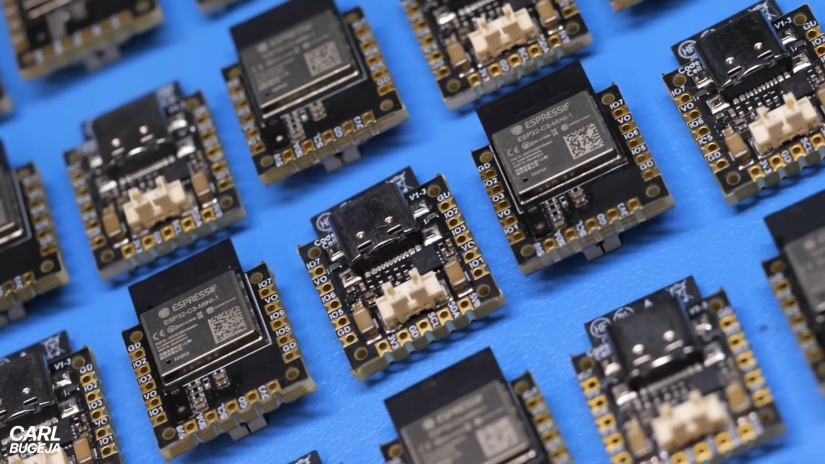
Light Sensor
Additionally, the board comes with a built-in VCNL4040 light sensor, capable of measuring ambient light and detecting proximity up to 20 cm. This sensor is especially useful for light-based interactions and proximity detection applications, expanding the board's versatility in various project types.
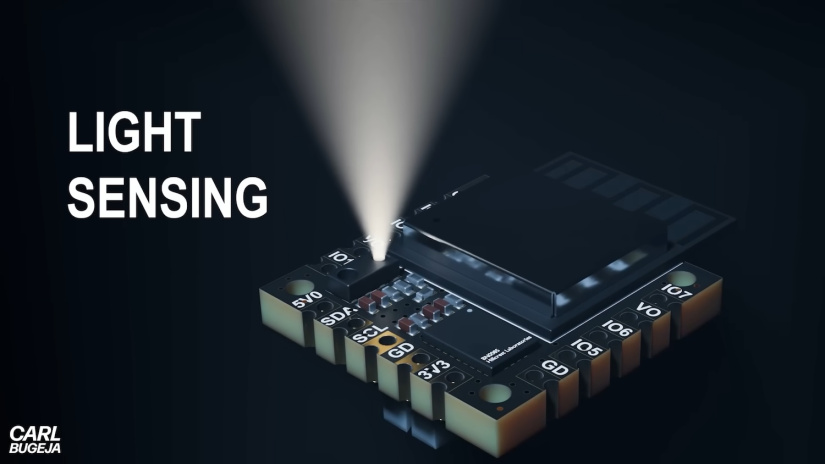
USB-C Programmable and Battery Management
The ESP32-C3 board also includes a USB-C port for both programming and battery charging, ensuring ease of use. It’s designed with a power management system that enables dynamic control, allowing the board to charge the LiPo battery while continuing to function. The onboard RGB LED indicates the power and charging status, providing a simple visual guide.
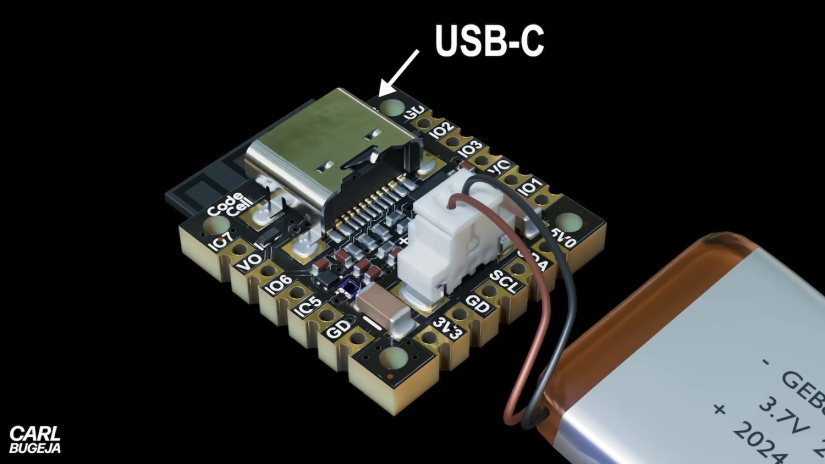
Ease of Use with Arduino Library
One of the standout aspects of the ESP32-C3 board is how accessible it is for both beginners and experienced developers. The board is fully compatible with the Arduino IDE, which means that users can program it with ease, using a variety of ready-made libraries and examples.
Dedicated Arduino Library
The ESP32-C3 comes with its own dedicated Arduino library, which simplifies integrating the onboard sensors. Whether you are working with the 9-axis IMU for motion detection or the VCNL4040 light sensor, the library provides pre-built functions for easy setup and sensor readings. This makes it ideal for hobbyists who want to jump straight into projects without spending too much time configuring their board.
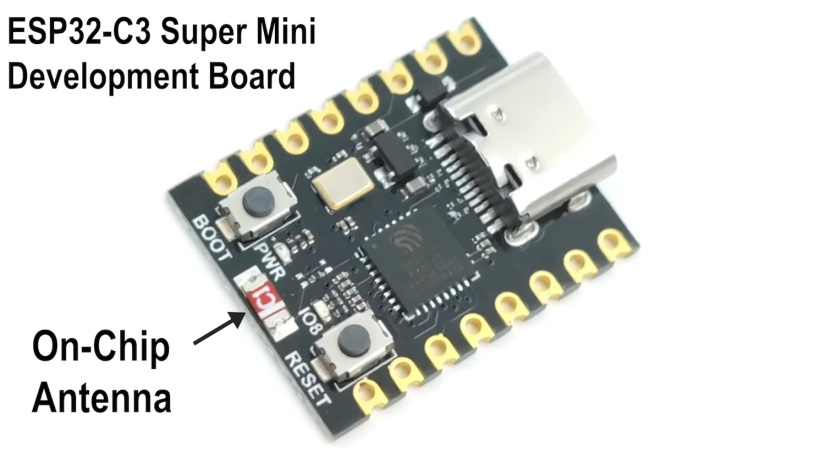
Examples and Tutorials
The board also comes with a series of examples that help users get started right away. For instance, it includes a full tutorial for creating a remote control application, complete with all the necessary code. These examples guide users step-by-step, making the learning curve much easier to handle.
Cross-Platform Flexibility
While optimized for Arduino, the board also supports other programming environments like PlatformIO. This cross-platform flexibility allows developers to choose their preferred setup, further adding to the board’s versatility.
Learn more about the CodeCell Board
Price and Shipping Considerations
When purchasing the ESP32-C3 board from the Microbots website, customers can expect a price of around $36.49, depending on the configuration. This price includes options like soldered headers, batteries, and additional features such as light and motion sensors.
Cost Breakdown
The base model of the ESP32-C3 board starts at $36.49, but there are several optional upgrades. Customers can choose to include a 170mAh LiPo battery and soldered headers for an additional fee. These extra features are particularly helpful for those who prefer a plug-and-play experience rather than assembling the components themselves.
Shipping Challenges
One of the primary concerns for international buyers is the shipping cost, which can be high, especially when lithium batteries are included. As noted by Carl Bugeja, the cost of shipping to certain countries, like Germany, can exceed the price of the board itself due to restrictions on mailing lithium batteries. For those looking to save on shipping, it may be worth sourcing a battery locally.
Cost-Saving Recommendations
For customers who want to reduce their shipping costs, removing the battery from the order or opting for unsoldered headers can lower both the product price and the shipping fees. This flexibility allows buyers to tailor the purchase to their specific needs and budget.
Check Pricing and Purchase Options
ESP32-C3 - Final Thoughts
The ESP32-C3 board by Carl Bugeja is a powerful yet compact development tool that offers a range of features ideal for small IoT and robotics projects. With its built-in sensors, USB-C programming, and battery management system, the board is both versatile and user-friendly. Thanks to the dedicated Arduino library, even beginners can quickly start building projects with ease. While international buyers should consider shipping costs,



































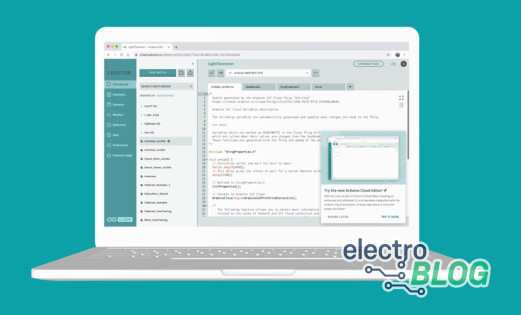










Leave your feedback...